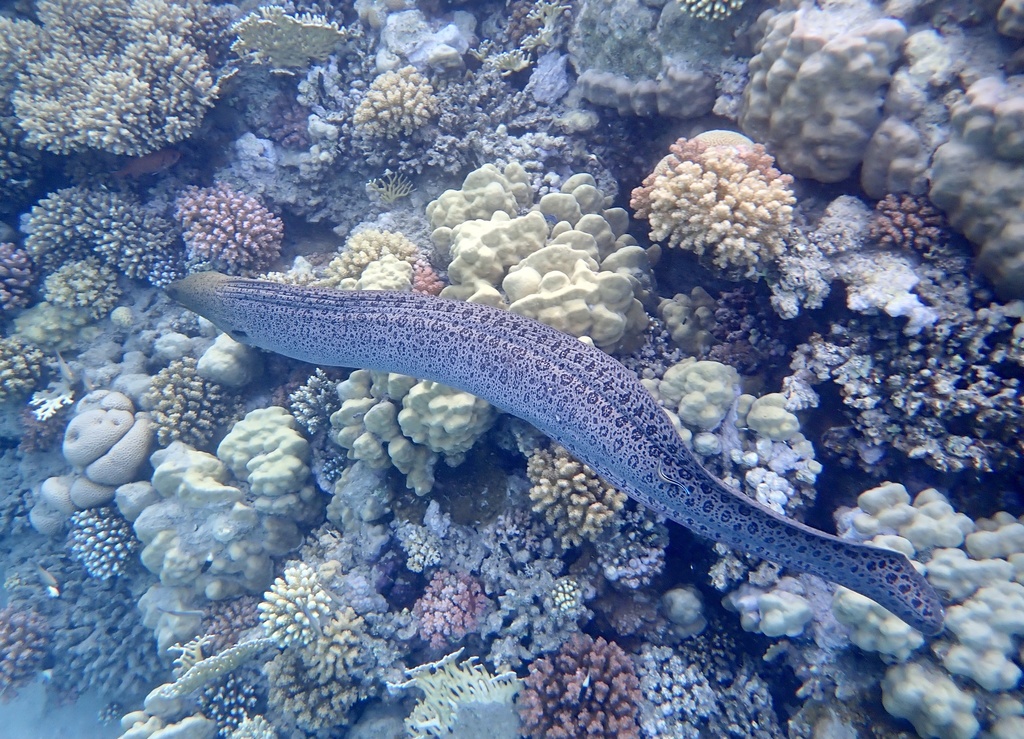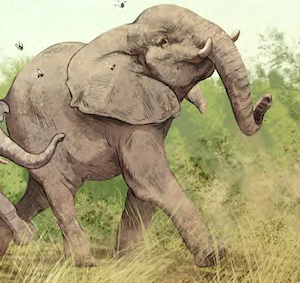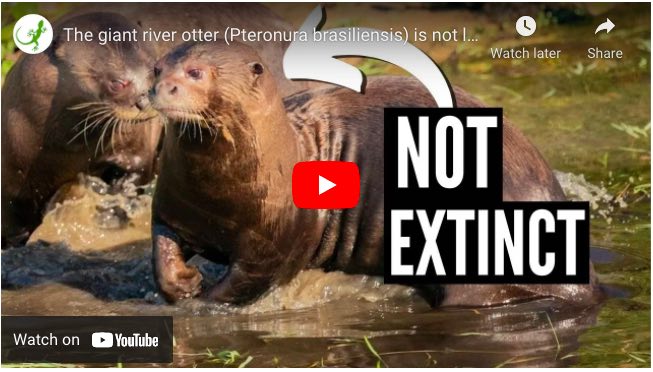More than 800 species of eels
There are more than 800 species of eels swimming through the seas and rivers of Earth. One of the most famous is the moray eel of coral reefs. The moray eel spends all of its life in the saltwater of the ocean.

Giant moray (Gymnothorax javanicus). Image: Jean-Paul Boerekamps, CC0
The epic journey of the European eel
Not all eels spend their lives in the ocean, however. The European eel spends part of its life in the ocean, and part of its life in freshwater rivers and streams across Europe:

A European eel (Anguilla anguilla) underwater. Image by Mattia Nocciola.
In its lifetime a European eel will travel thousands of miles! This is their journey:
In the European winter, mature adult eels migrate from European rivers across the Atlantic Ocean to the Sargasso Sea in the Antilles. The Antilles are groups of islands in the Caribbean, about 4000 to 5000 miles (6000-8000 kilometers) from where the eels start their journey.
The adult eels mate and lay their eggs in the Sargasso Sea. Then they die. The baby eel larvae hatch and drift eastward across the Atlantic Ocean. Eventually they reach the European rivers and estuaries (the place where a river empties into the ocean) where their parents came from, several years previously.
It takes 15 years for baby eels to change into their mature adult form. The eels lives in brackish water (which is a mixture of saltwater and freshwater) or freshwater all that time.
These baby European eels are called glass eels, because of their transparent bodies:

Eels in a traditional bolaga, a jar immersed in water for storing eels. Image by Lucrezia Lozza.
When the eels are fully mature they migrate back to the Sargasso Sea as their parents did many years before. They will then mate and die. And their offspring will start the eel life cycle all over again!
The eel life cycle covers several habitats — the ocean, brackish waters, lagoons, and rivers. In each one of these habitats the eels face challenges like droughts, pollution, or obstacles that block their movement. Since 1980, the European eel population has become critically endangered due to these challenges.
One of the major challenges that European eels face is that the rivers they live in and where they develop into adults are divided up by dams and other barriers. For example the Po River in Italy has at least 79 major barriers to eel movement along its main branches.
In fragmented rivers, eels can’t reach habitats that they need to feed and grow and escape from predators. When they are adults, dams and other barriers prevent the eels from returning to the sea.
Fortunately there are solutions. For example, a fish ladder is one solution for helping fish get around a dam.

Fish ladder at the Isola Serafini hydroelectric dam on the Po River. After its construction in 1960, the dam divided the waterway, preventing fish from passing and compromising riverine biodiversity for decades. Image courtesy of Aipo.
Eel conservationists on the Po River in Italy are working hard to help the endangered eels. They aim to create passages at key points on the Po River and its branches. By making it easier for the eels to migrate, conservationists hope the eels will continue their amazing life journey from the Sargasso Sea to European rivers and estuaries and back again.
This story is based on an original article by Lucrezia Lozza, published on Mongabay.com. It was adapted for Mongabay Kids by David Brown.






